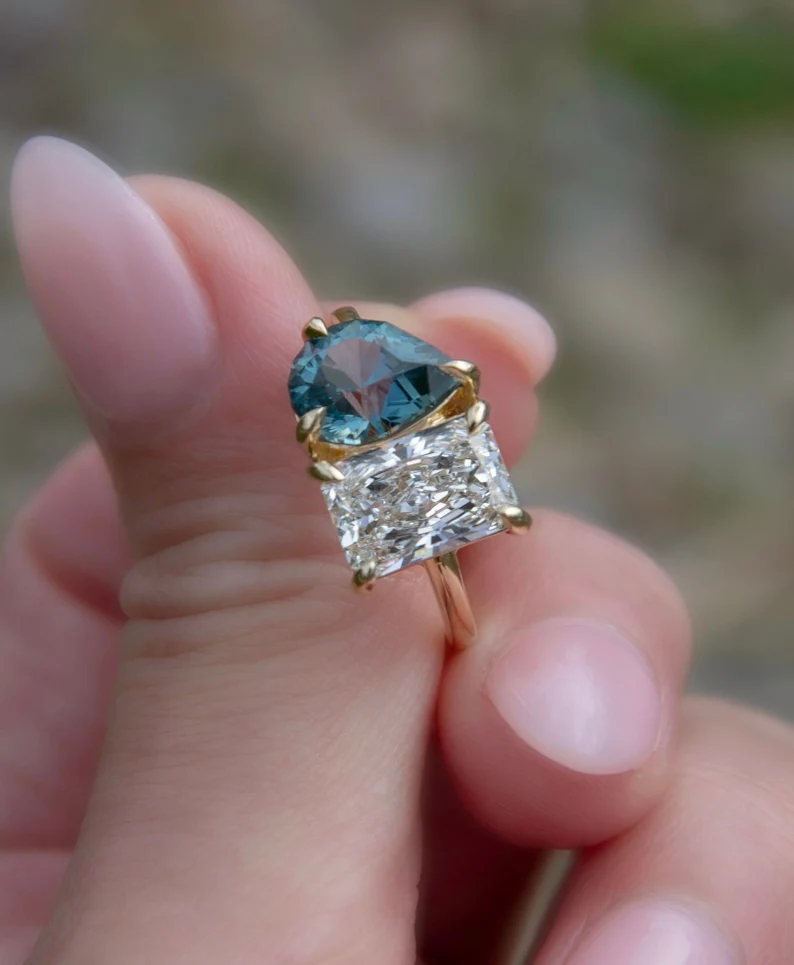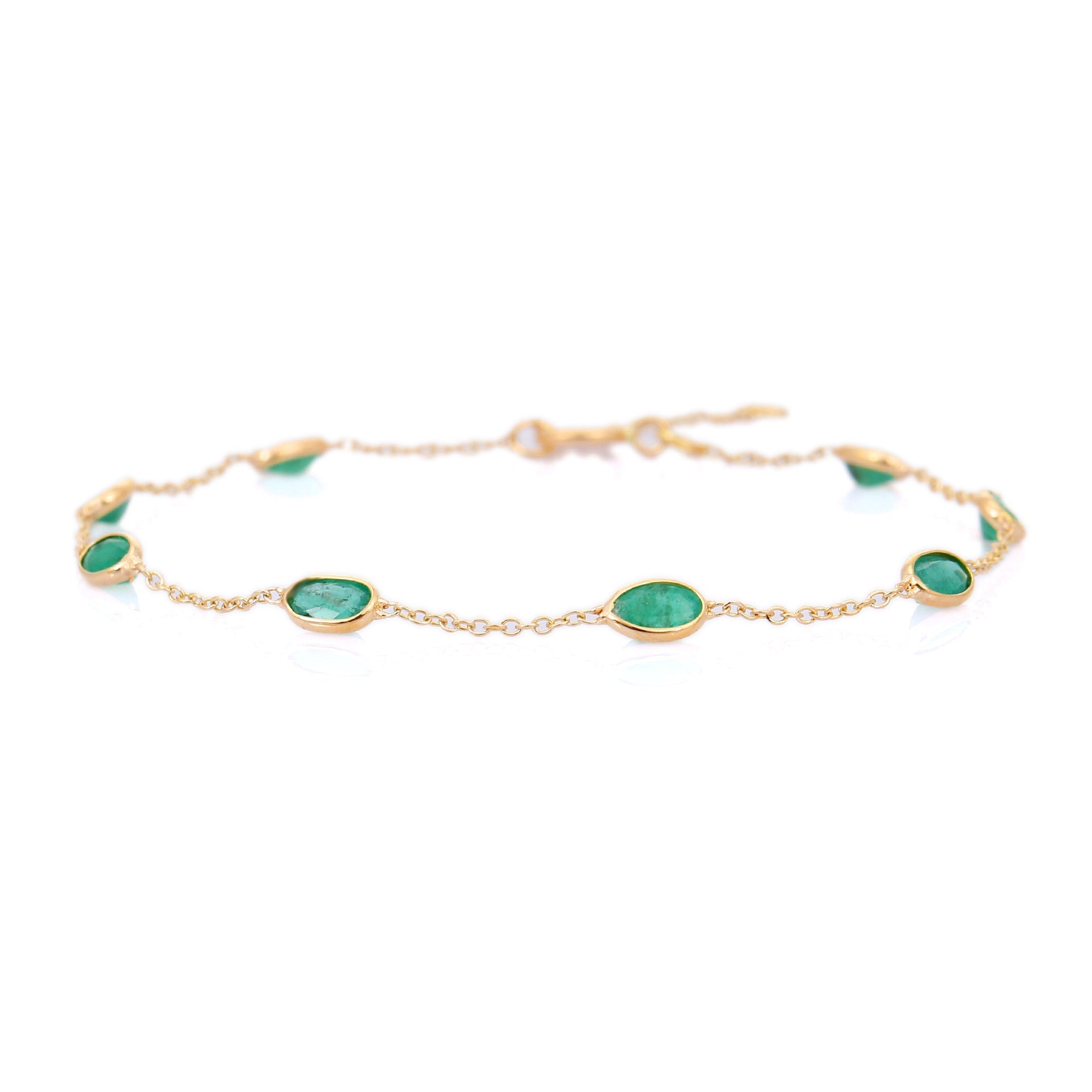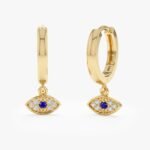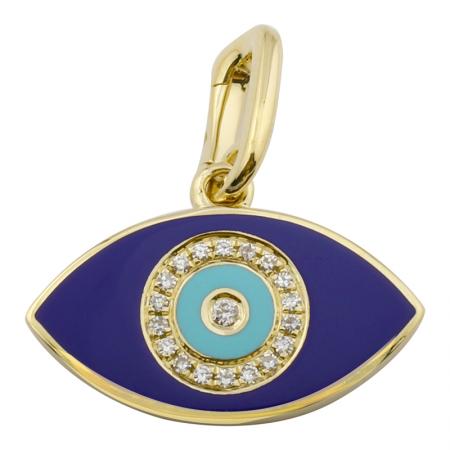Does Strong Fluorescence Make Diamonds Look Whiter Under US Noon Sun? We Tested It
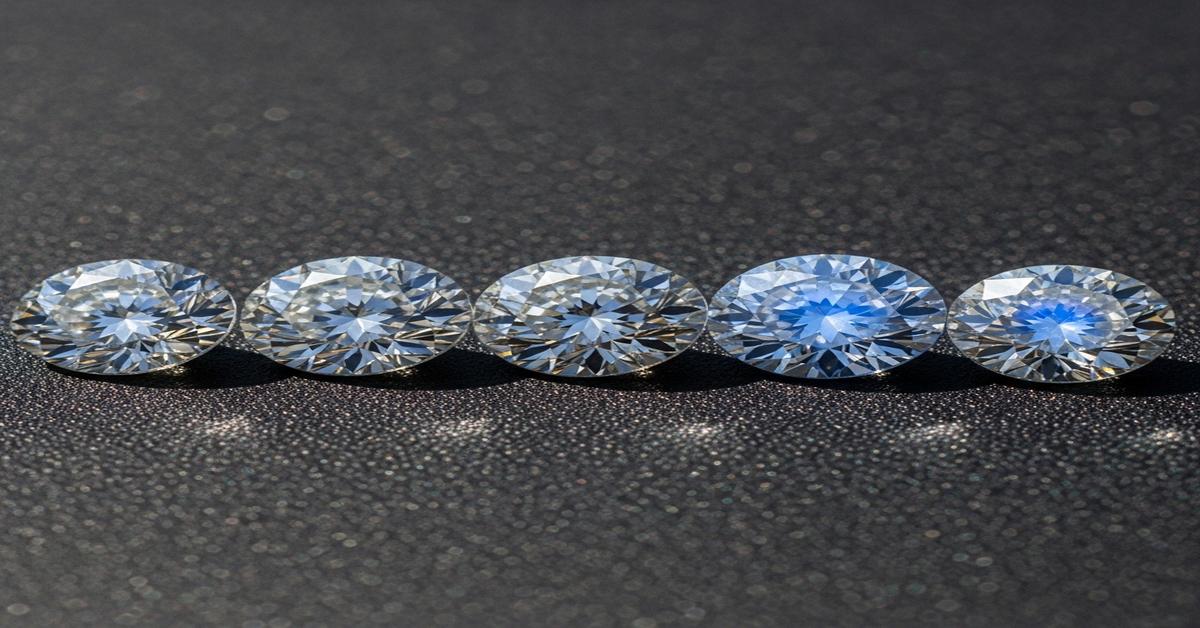
Does Strong Fluorescence Make Diamonds Look Whiter Under US Noon Sun? We Tested It
Short answer: sometimes. Strong blue fluorescence can make certain diamonds look visibly whiter in strong midday sun. It works by adding a faint blue glow that offsets yellow tint. But the effect depends on the diamond’s color grade, cut, fluorescence color and intensity, and even the setting. It’s not a universal fix and can introduce trade-offs. Below I explain what we tested, why it works, and how to decide for your stone.
What fluorescence is, in plain terms
Fluorescence is the tendency of some diamonds to emit visible light when hit by ultraviolet (UV) radiation. Labs report it as None, Faint, Medium, Strong, or Very Strong. The vast majority of fluorescent diamonds show blue emission. Blue light counteracts yellow in the viewer’s eye, so a yellowish diamond can read whiter if the stone emits blue under UV.
Why noon sun matters
Midday sunlight contains more near-UV than indoor lighting. That UV excites fluorescence. So a diamond that is inert under tungsten or LED may brighten slightly under direct sun. The effect is most visible outdoors on clear days around solar noon, because the UV component is strongest then.
How we tested
- We used five round brilliants, all near 1.00–1.05 ct, all similar proportions and polish. Keeping cut consistent isolates fluorescence as the variable.
- Color range: G, H, I, and two J grades. Clarity similar (SI1). Fluorescence: None, Faint, Medium, Strong, Very Strong. All reported blue emission except one that showed weak green.
- Observations were made on a clear summer day in the U.S. between 11:30 and 1:30. We viewed stones face-up in hand, on black and white backgrounds, and photographed using a neutral white balance with raw files. We also compared indoor tungsten and LED views.
What we saw
- G and H with None–Faint fluorescence: No visible change outdoors. These color grades are already near-colorless, so blue emission produced negligible improvement. No downside observed.
- I with Strong: Noticeably whiter in direct sun. The blue glow counteracted the stone’s slight warmth. The I looked visually closer to H when viewed face-up outdoors. Indoors the difference disappeared.
- J with Strong or Very Strong: The strongest effect. A J with Strong blue fluorescence looked a half to a full grade whiter in noon sun compared with the same J with None. Very Strong sometimes added a faint “oily” or slightly milky veil at some angles—more visible in very bright, direct sun and when the stone was clean.
- Unusual fluorescence color: The one stone with greenish emission did not look whiter. Colored fluorescence that isn’t blue can shift appearance unpredictably and often worsens the look.
Why the effect varies
Two things matter: how yellow the diamond is, and how much blue light it emits. A warm stone (I–M) has more yellow to cancel, so a blue emission makes a bigger difference. Near-colorless stones (D–H) have little yellow to cancel, so fluorescence adds little benefit and can sometimes introduce a bluish cast that looks odd under mixed lighting. Very strong fluorescence can produce light scatter in the stone’s structure, which appears as a milky or oily look in a small number of diamonds. That happens when the crystal lattice includes defects that both fluoresce strongly and scatter light.
Practical guidelines
- If you’re buying J–M color: Strong blue fluorescence can improve face-up whiteness in sunlight. Consider it, especially for stones set in rings that will see a lot of outdoor use.
- If you’re buying I–H: Medium to Strong fluorescence can be beneficial. Test the stone in natural noon sun before buying. If it makes the stone whiter without haziness, it’s a good value.
- If you’re buying D–G: Fluorescence is usually unnecessary and offers little upside. For high-end colorless stones, fluorescence may be a subjective distraction and can affect marketability.
- Avoid unusual colors: Non-blue fluorescence (green, yellow) rarely helps and can make the diamond look off-color.
- Watch for milky look: Very Strong fluorescence occasionally causes a hazy or oily appearance. Ask to view the diamond at multiple angles in direct sun and indoors. If you see haze, walk away unless you accept the trade-off.
- Consider setting and lighting: Halo settings, pavé, and white metal (platinum/18K white gold) can amplify the perceived whiteness, reducing the need for fluorescence. If the ring will mostly be worn indoors, fluorescence matters less.
Price and resale considerations
Strong and Very Strong fluorescent diamonds often carry a market discount versus non-fluorescent stones of the same grade. That can be a buying advantage if the stone looks good to you. However, some buyers and appraisers prefer non-fluorescent stones for resale. If you care about resale, weigh the visual benefit against potential buyer preferences in your market.
Checklist for testing diamonds yourself
- Ask for the lab report showing fluorescence intensity and color.
- View the diamond in direct noon sun on a clear day. Face-up and at a few angles.
- Also view the same stone indoors under LED and tungsten to ensure no unwanted haziness.
- Compare like-for-like: same cut, carat, clarity and similar setting if possible.
- If possible, photograph raw files in sunlight and indoors to compare objectively.
Bottom line
Strong blue fluorescence can make warm diamonds look visibly whiter in US noon sun. The effect is most useful for I–M grades and can be a practical way to improve face-up color at a lower price. It is not a guaranteed improvement and can cause haziness in a minority of stones. Always inspect the specific diamond in direct sunlight and under indoor lighting before you buy.

